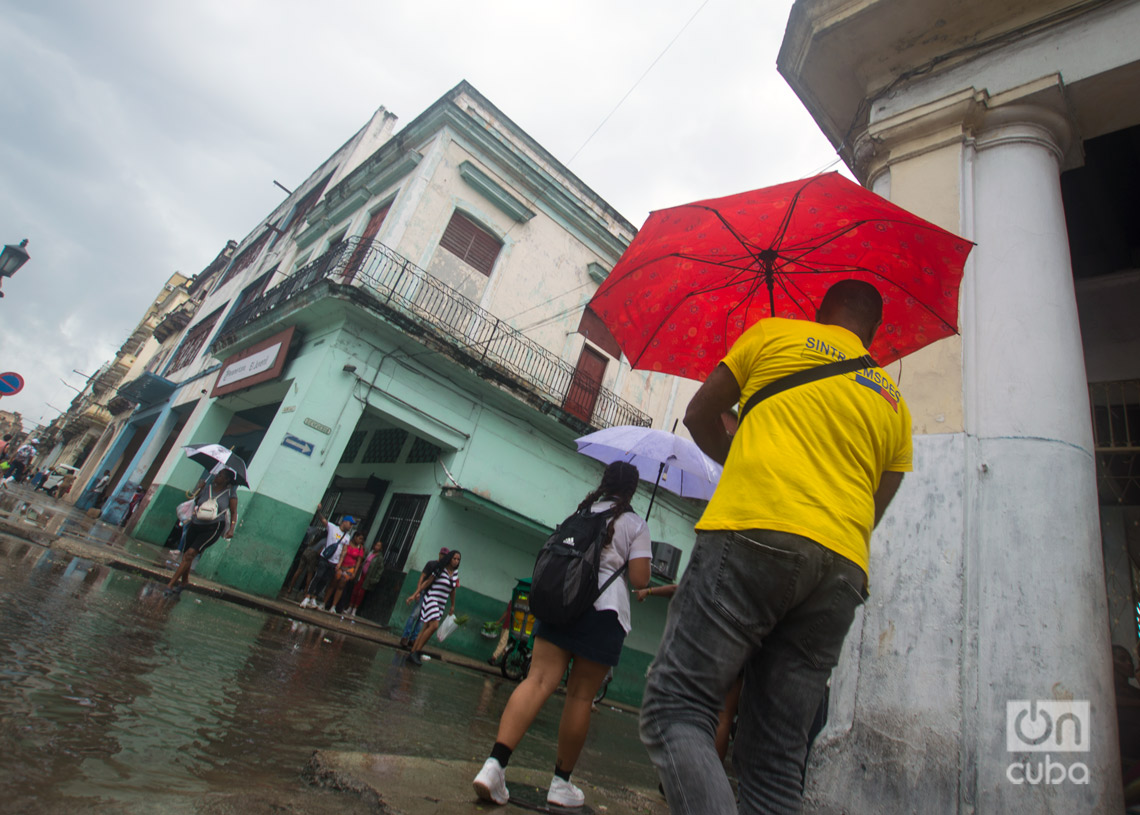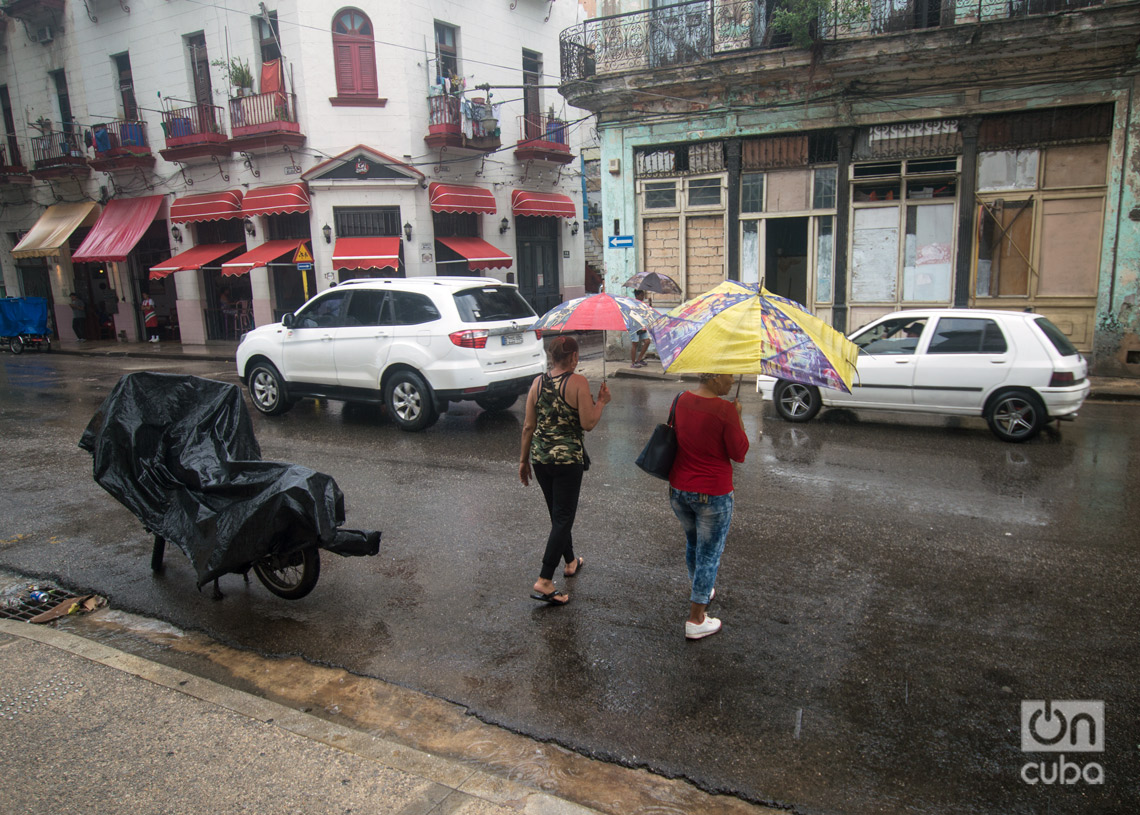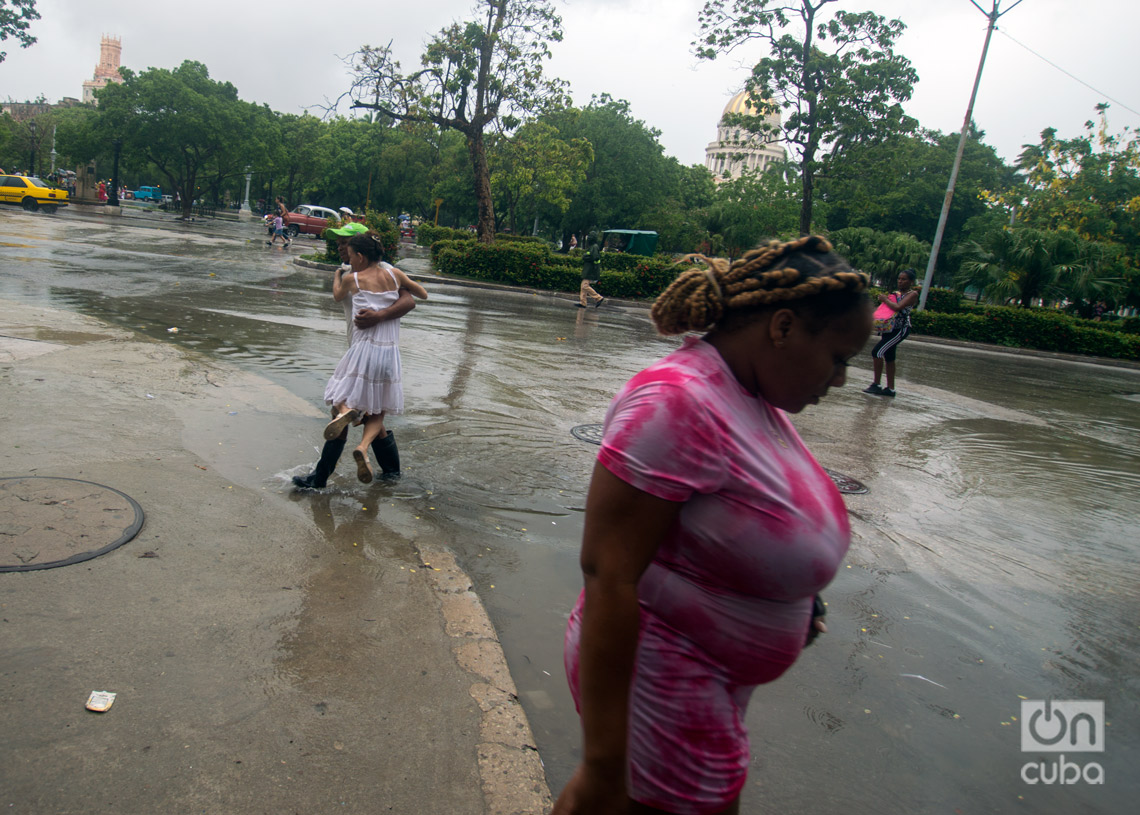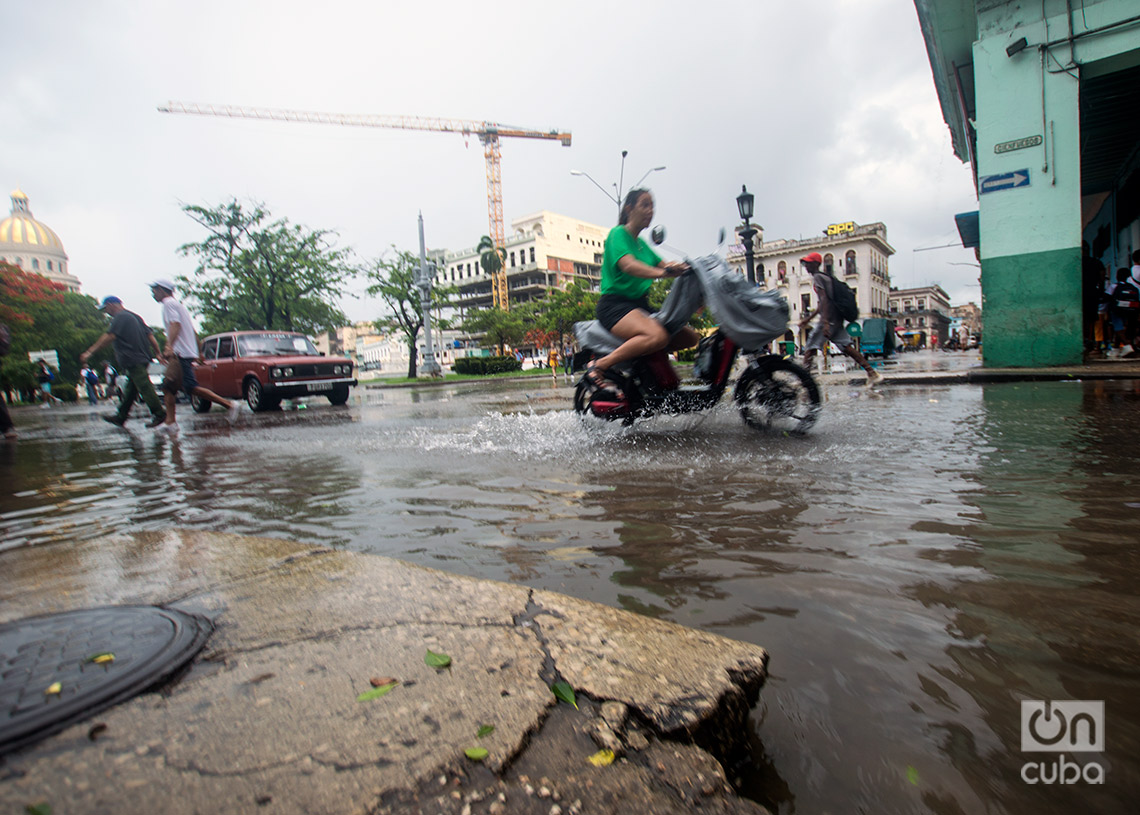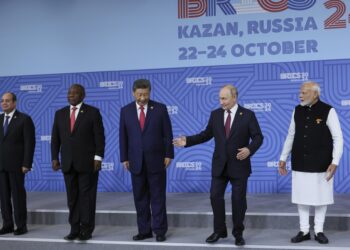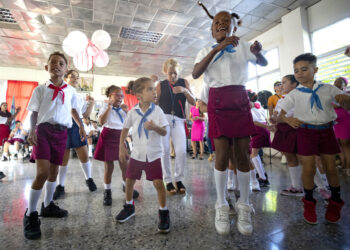The rain has not stopped in Havana in this capricious and torrid June; although not only in Havana. The same in many parts of the island, and a little further up, in Florida, which is not Cuba but which has — as we know — many communicating vessels with the island, and among them, the climate.
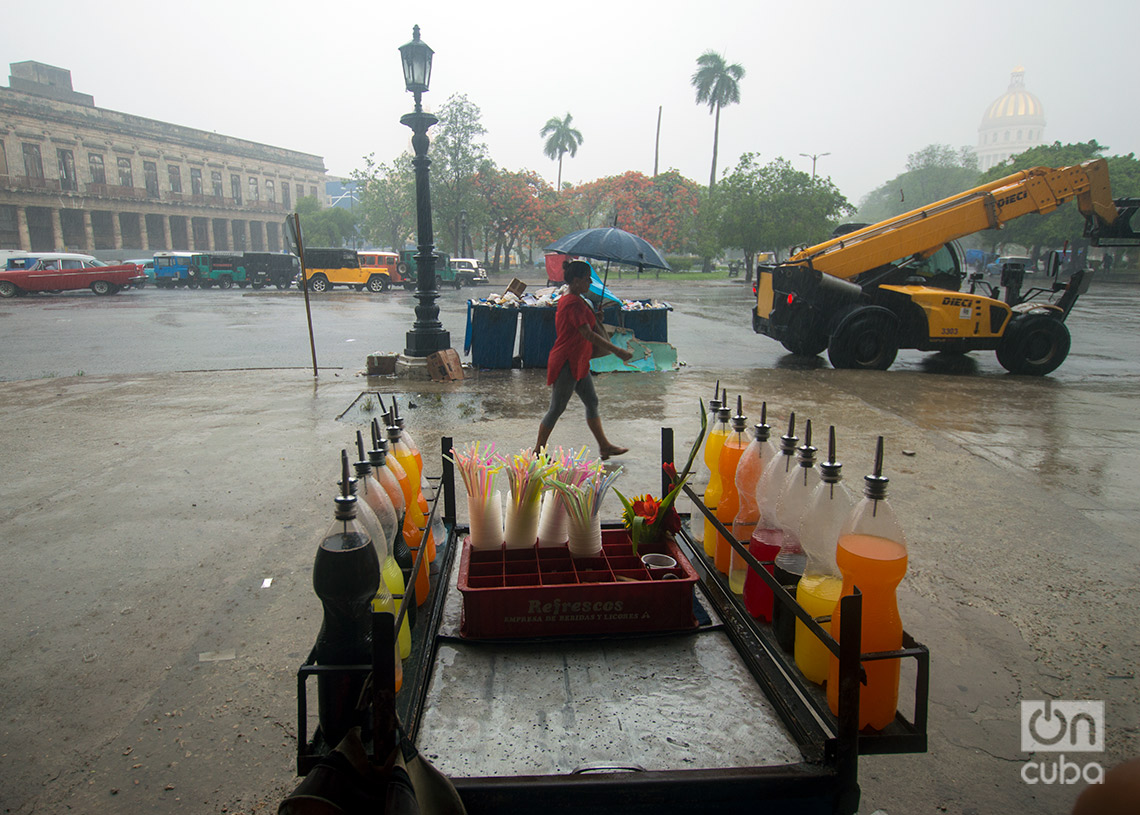
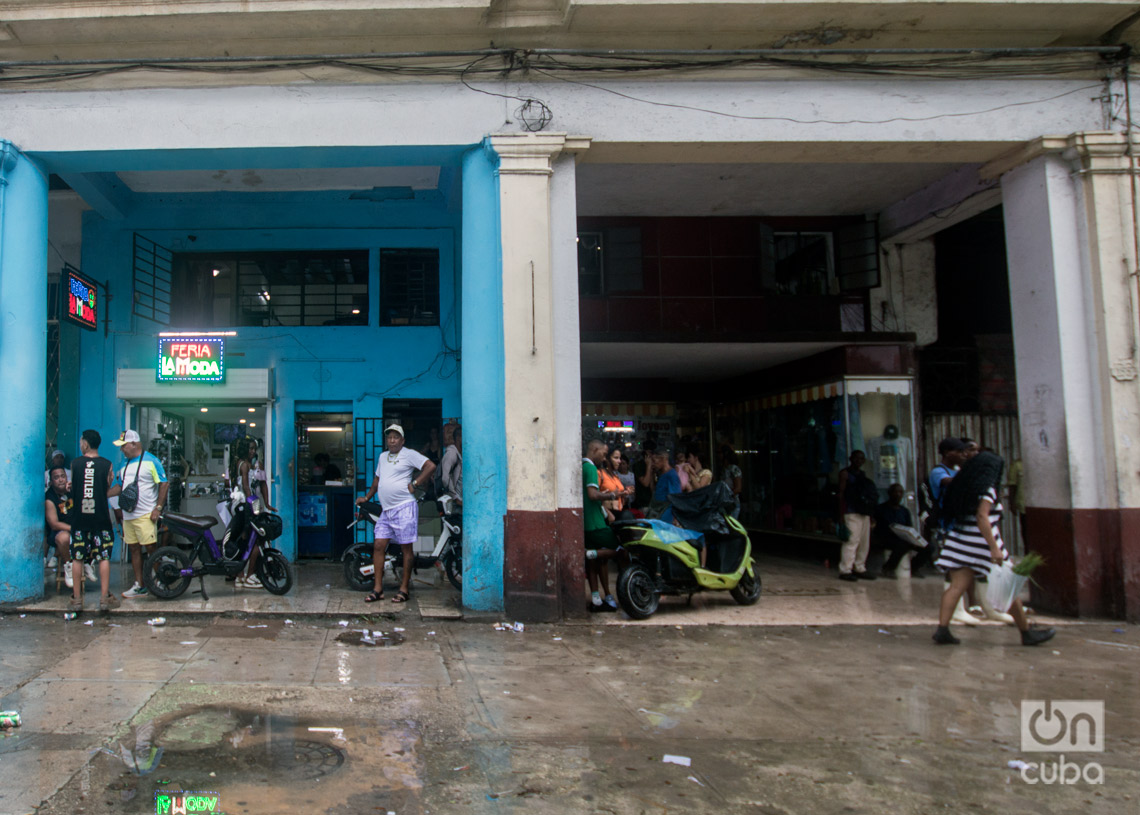
What happened in Havana, however, is unusual, due to the persistence of the rain and its extension over time.
There has been no shortage of people who have called these rains the adjective “Macondian.” Those who has compared the Cuban capital with the mythical setting of One Hundred Years of Solitude, the García Marquiano town where one fine day it started to rain and did not stop until almost five years later.
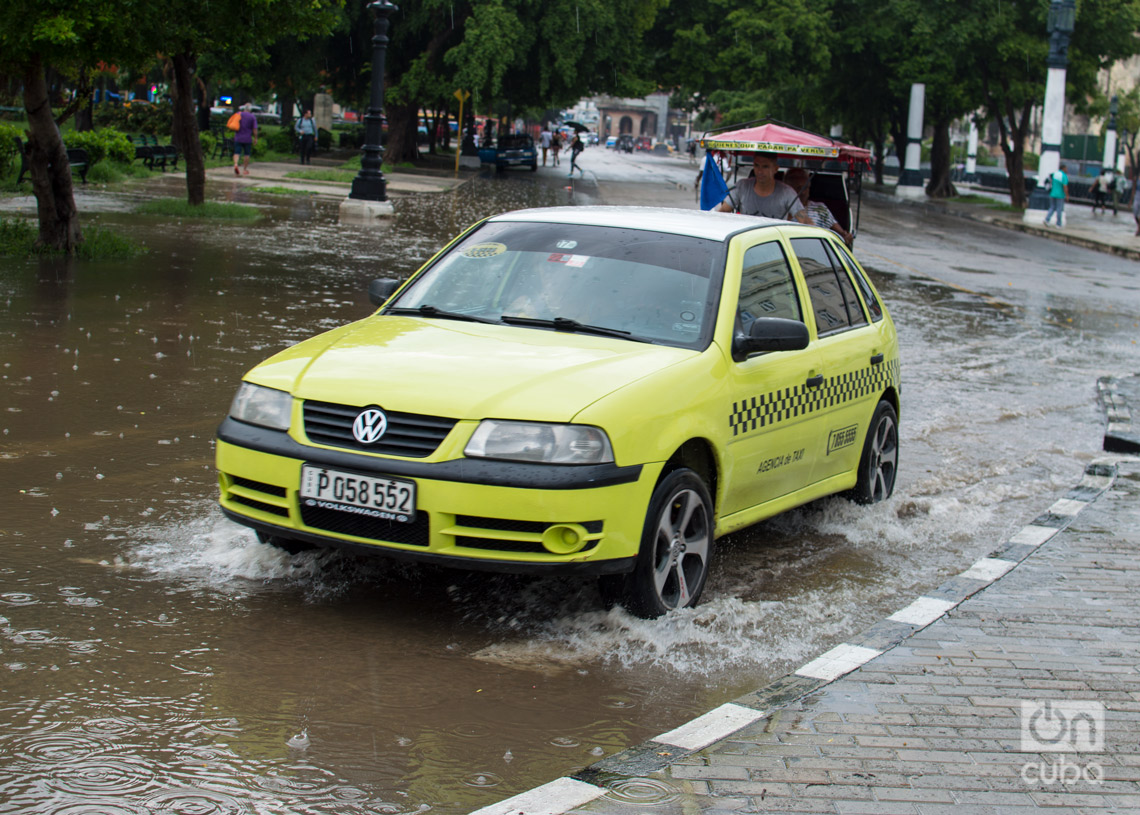
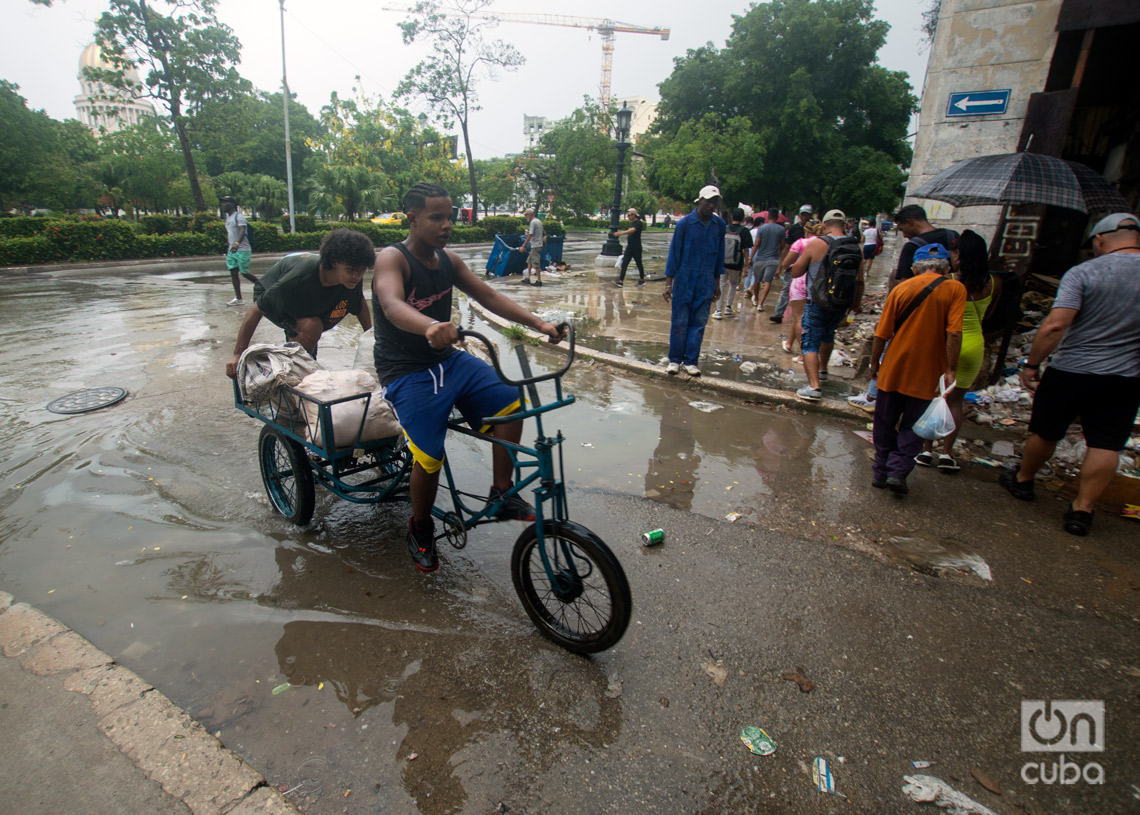
It’s true that it hasn’t been five years now, but it hasn’t been two or three days of downpour either. Not just some afternoons of sudden and furious storms, of sudden and copious bursts of water impossible to swallow through the capital’s old drains.
It has been more than that: days of rain or drizzle and overcast skies, with their downpours and clearings, followed by more exactly the same days. Or quite similar.
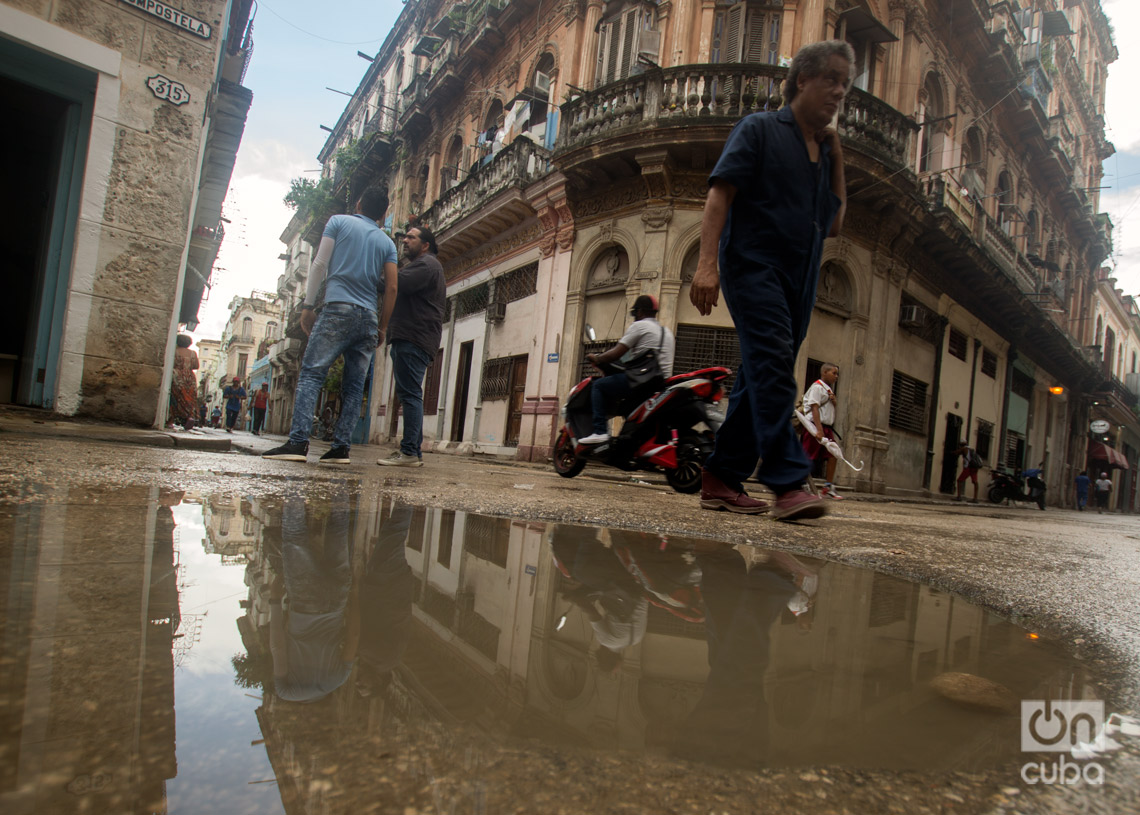
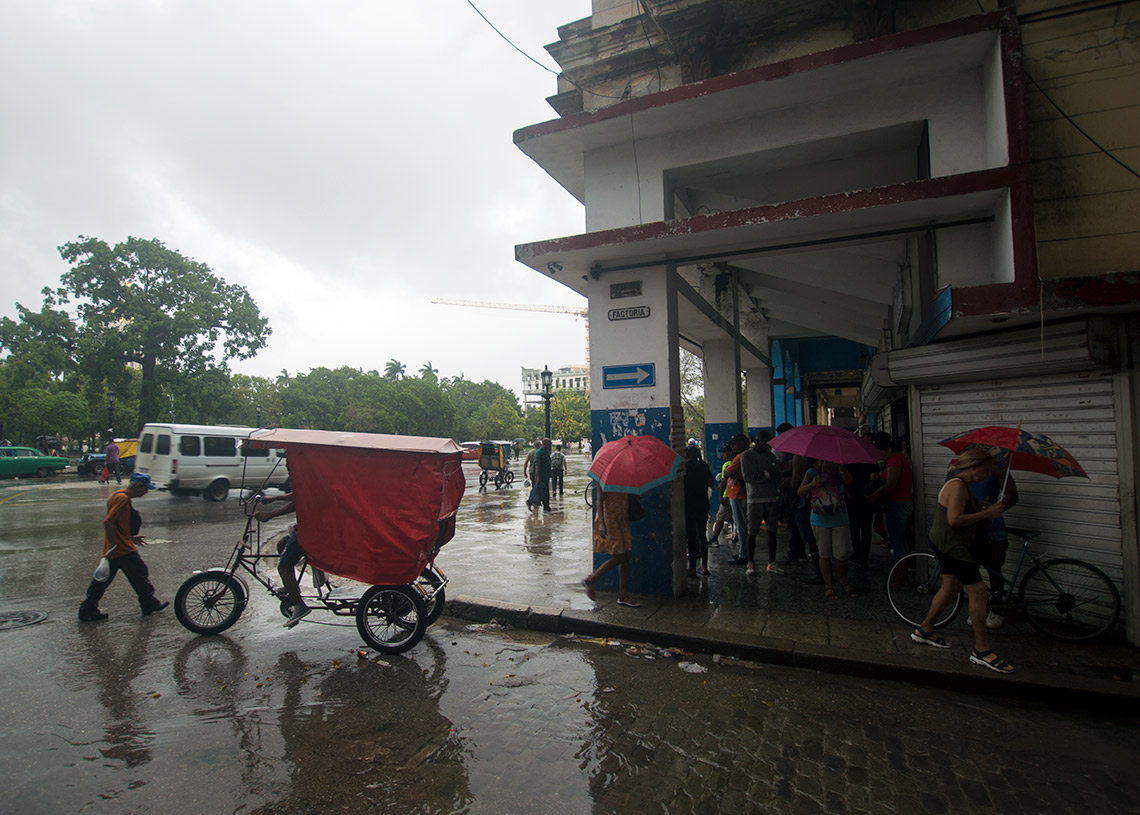
Havana residents, resigned, have continued with their lives even with the rain. With umbrellas and raincoats, or without them. In queues, stops, sidewalks and doorways; in crowded buses, almost amphibious cars, bicycles or on foot.
Meanwhile, the puddles fill and the streets flood, and the water bogs down or runs, depending on the rugged urban geography. At the same time, garbage accumulates and overflows, floats or decomposes, soaked, fetid, along with the same people who continue their hurried pace to resolve their daily lives.
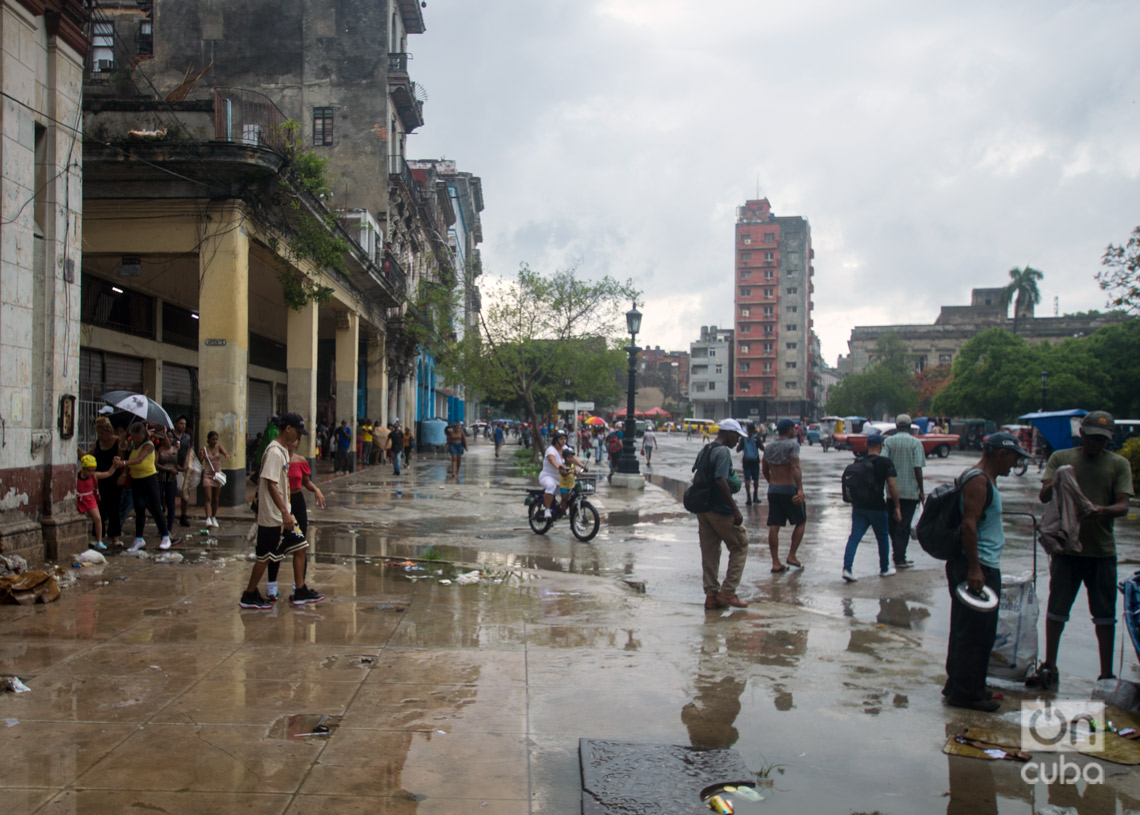
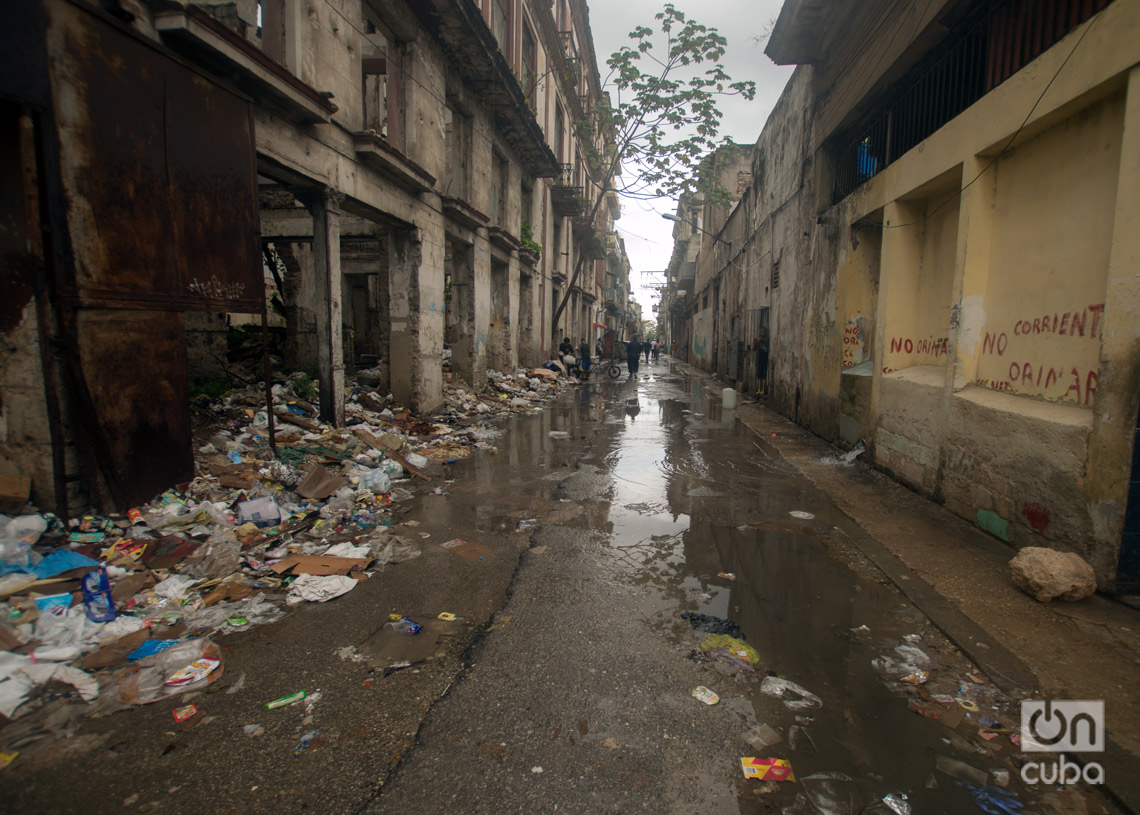
Otmaro Rodríguez brings us closer to Havana during these rainy days with his lens. The city that he portrays — with its people, and its puddles and its scattered garbage — more than about the magical realism of García Márquez, speaks of another realism, dirtier — literal and figurative —, more pressing and gray.
